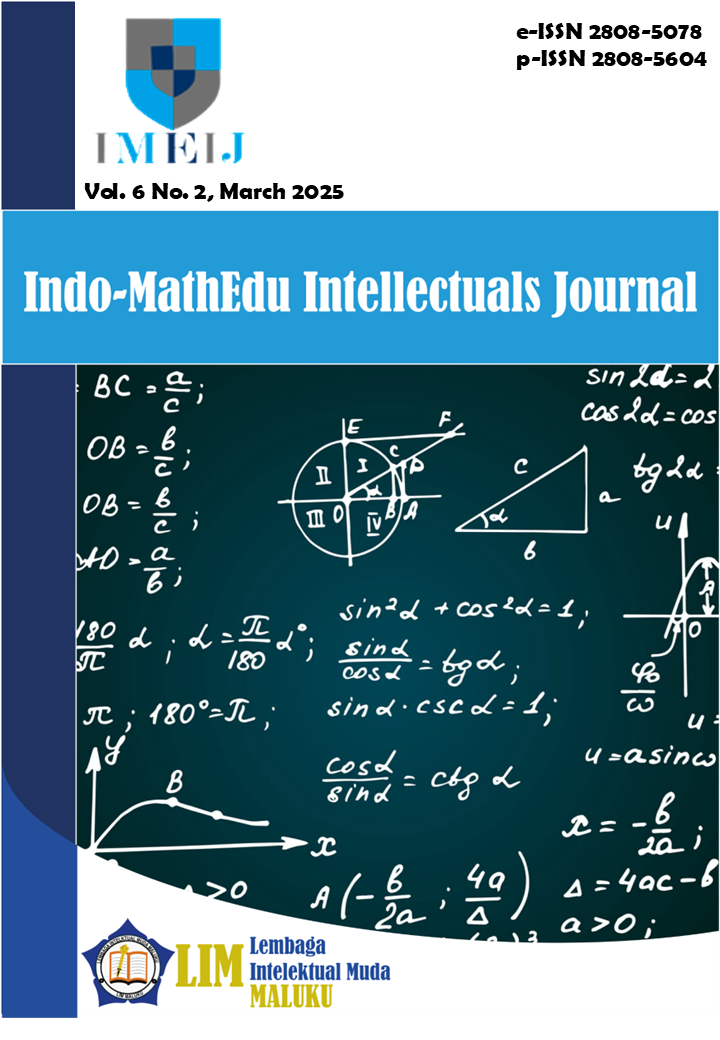Historiografi Perkembangan Islam Pada Era Klasik
Main Article Content
Abstract
This study describes several main aspects, including the early period of the development of Islamic historiography and the transformation of Islamic history writing from time to time. This study uses the literature review method and thematic analysis. This analysis technique has three stages: compare, contrast, and criticize. The results of this study indicate that the historiography of the development of classical Islam includes studies of pre-Islamic Arab society, which became the initial foundation for the tradition of writing Islamic history. During this period, historiography was marked by the emergence of various genres, such as maghazi (stories of the Prophet Muhammad's wars), sirah (biography of the Prophet Muhammad), tarikh or akhbar (historical records and news), and nasab (genealogy). Along with the development of the era, this tradition began to be integrated with the methodology of dirayah (content criticism) and riwayah (sanad criticism) in compiling and verifying historical narratives. Geographically, Islamic historiography developed through various schools, such as the Yemeni school, the Medina school, and the Iraqi school, each of which had a different focus and approach to recording historical events. In addition, philosophical thought, kalam science (rational theology), tasawuf (Islamic spirituality), and Fiqh (Islamic law) also enriched the intellectual dynamics of that period, making a major contribution to the development of Islamic science and civilization

